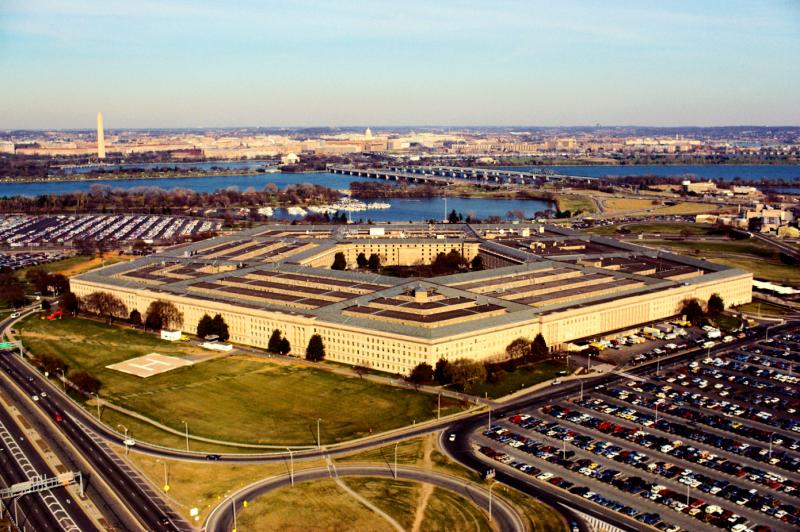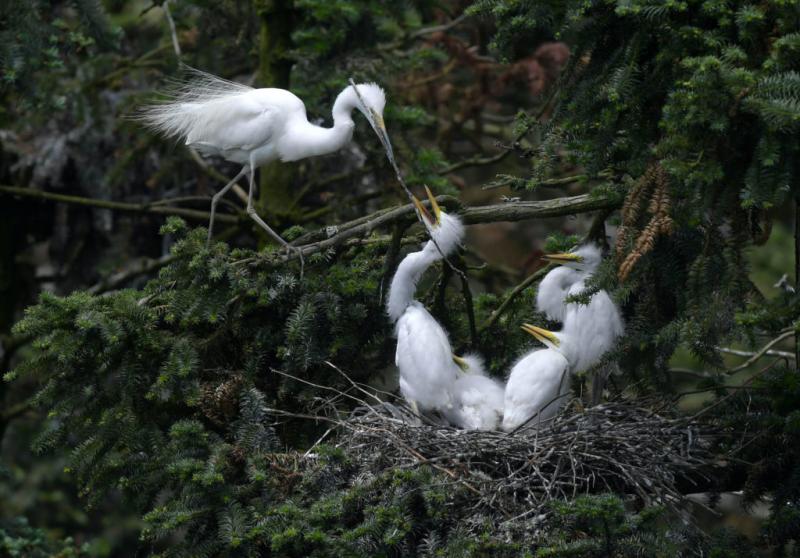What was the Supreme Court case Hawaii v Trump?
Hawaii Attorney General Doug Chin is basing the challenge on a number of constitutional grounds: the First Amendment’s establishment clause, which prohibits the …
Who was the Supreme Court justice who sided with Trump in Korematsu?
Jun 05, 2017 · The lead attorney for the State of Hawaii versus Trump thanked the President Monday morning for acting as their co-counsel by admitting the intent of his travel ban.
Does Trump v Hawaii violate the Establishment Clause?
Mar 11, 2017 · Neal Katyal is the lead attorney representing Hawaii against President Trump, and he actually volunteered to defend Osama Bin Laden’s bodyguard in court. The suit Katyal is leading against President Trump attacks his executive order to postpone new visa issuances for travelers from six countries plagued with terrorism.
What did the Supreme Court decide in Korematsu v Hawaii?
Trump V. Hawaii: How the Supreme Court Simultaneously Overturned and Revived Korematsu

Who won the Trump vs Hawaii case?
In a 5-4 decision, the Court upheld President Trump's travel ban. In a powerful dissent, Justice Sotomayor, writing for herself and Justice Ginsburg, wrote that “[t]he United States of America is a Nation built upon the promise of religious liberty” and that “the Court's decision . . .
Who was the plaintiff in Trump v Hawaii?
Plaintiffs—the State of Hawaii, three individuals with foreign rela- tives affected by the entry suspension, and the Muslim Association of Hawaii—argue that the Proclamation violates the Immigration and Nationality Act (INA) and the Establishment Clause.Jun 26, 2018
Which president made the most appointments to the Supreme Court?
George Washington holds the record for most Supreme Court nominations, with 14 nominations (12 of which were confirmed). Making the second-most nominations were Franklin D. Roosevelt and John Tyler, with nine each (all nine of Roosevelt's were confirmed, while only one of Tyler's was).
Why was Trump v Hawaii important?
Hawaii was a U.S. Supreme Court case during the October 2017 term that affirmed the executive's broad power over immigration matters.
When was Korematsu overturned?
On November 10, 1983, a federal judge overturned Korematsu's conviction in the same San Francisco courthouse where he had been convicted as a young man.
Who was the only president to serve on the Supreme Court?
William Howard TaftIn 1921, President Warren G. Harding appointed Taft to be chief justice, a position he held until a month before his death. Taft was born in Cincinnati, Ohio, in 1857....William Howard TaftIn office March 4, 1909 – March 4, 1913Vice PresidentJames S. Sherman (1909–1912) None (1912–1913)Preceded byTheodore Roosevelt48 more rows
Who was the longest sitting Supreme Court justice?
William O. DouglasJustices by time in officeLongest Supreme Court tenureWilliam O. Douglas 13,358 days (1939–1975)Stephen Johnson Field 12,614 days (1863–1897)Shortest Supreme Court tenureJames F. Byrnes 452 days (1941–1942)Thomas Johnson 485 days (1791–1793)1 more row
Who is the longest serving Supreme Court justice?
William O. DouglasThe longest-serving justice in Supreme Court history was William O. Douglas, appointed by President Franklin Roosevelt in 1939. Douglas served on the court for 36 years before retiring in 1975.Jan 26, 2022
What is the Supreme Court's decision in Hawaii v. Trump?
Trump, the Supreme Court considered whether President Trump’s travel ban exceeds the President’s delegated powers under the Immigration and Nationality Act and violates the Establishment Clause of the First Amendment.
What countries did Trump ban?
On January 27, 2017, President Trump issued an executive order that, among other things, banned individuals from Iraq, Iran, Libya, Somalia, Sudan, Syria, and Yemen – all majority Muslim countries – from entering the United States. On March 6, 2017, President Trump issued a second order, which made a number of minor revisions, ...

Popular Posts:
- 1. how to become licensed as an attorney in canada
- 2. how did kazuma survive ace attorney
- 3. who won illinois race for attorney general
- 4. what is the starting salary of a tax law attorney
- 5. why bankruptcy attorney
- 6. what is status of don mcgrath law suit trump's attorney
- 7. grievance on attorney how many weeks complete
- 8. how to renegotiate mesothelioma attorney fees
- 9. what does a trademark and copyright law attorney do
- 10. why do i need a limited power of attorney for eligible motor vehicle transactions